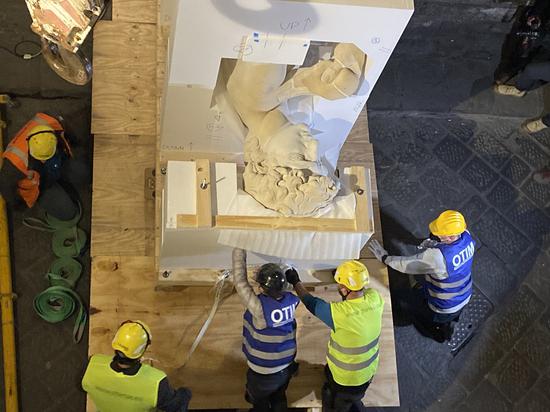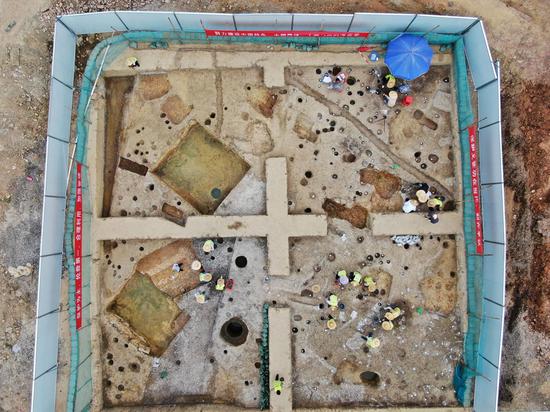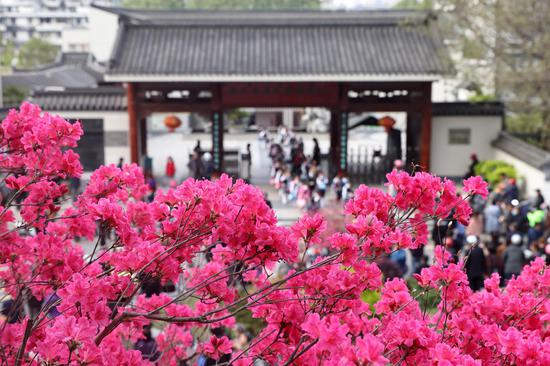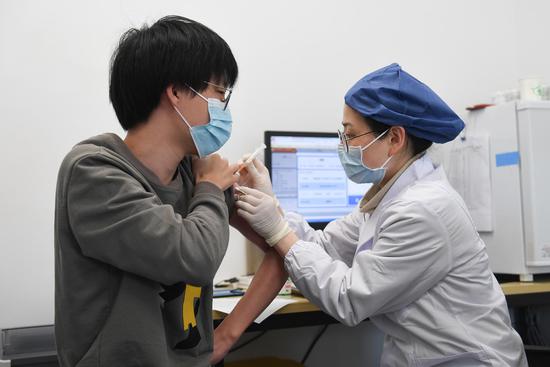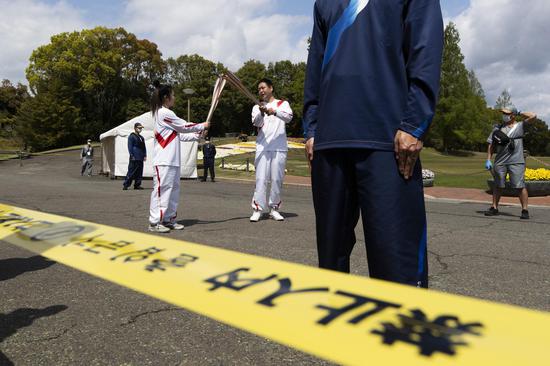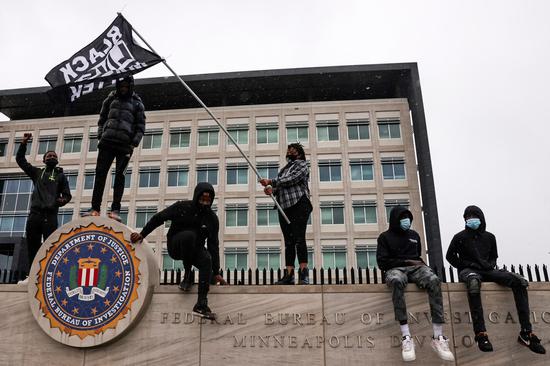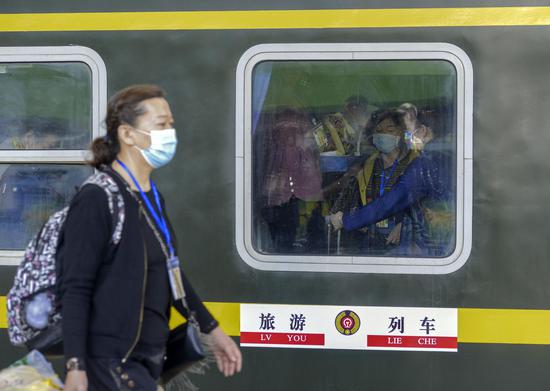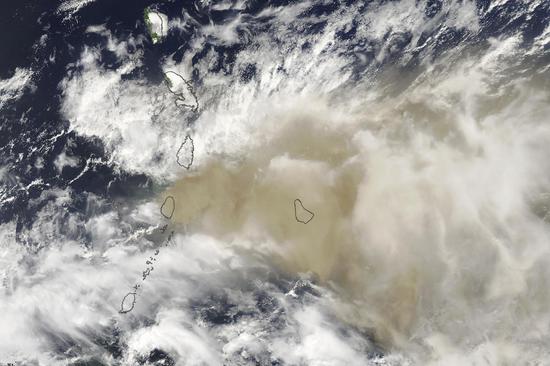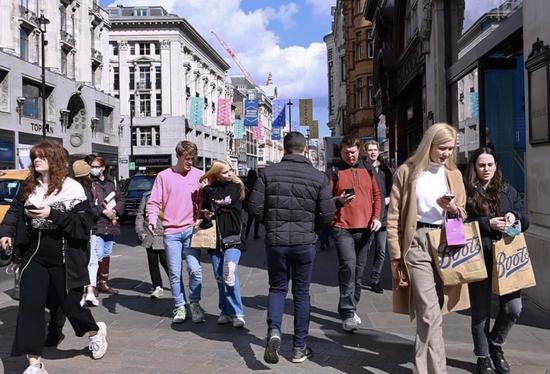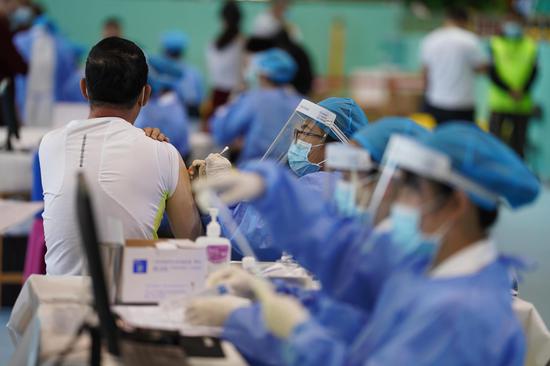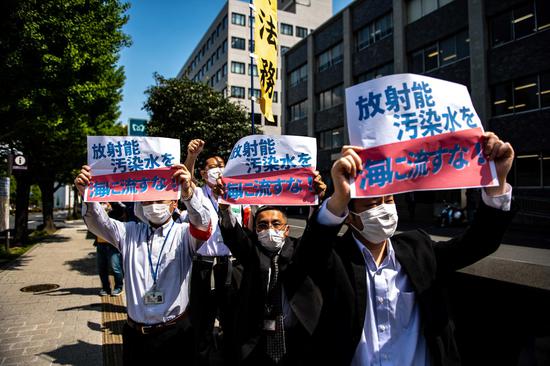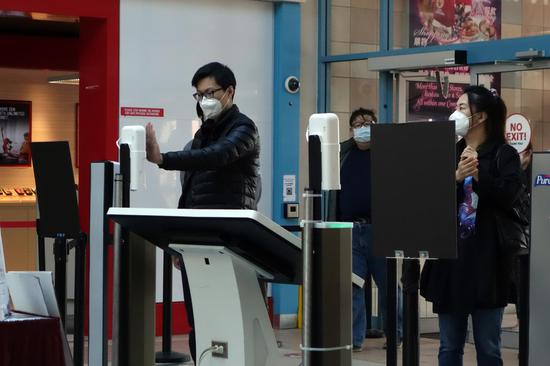by Pankaj Yadav
India is at present reeling under the second COVID-19 wave, with over 200,000 new cases being registered each day recently and the national tally feared to cross the 15-million mark early next week.
India reported another fresh high of 234,692 new COVID-19 cases on Saturday, taking the total tally to 14,526,609, according to the data released by the federal health ministry.
Amid local media reports of bed and oxygen shortages, both central and state governments claim adequate medical facilities and supplies at both government and private hospitals.
As the rate of COVID-19-related deaths rises across the country, long queues are seen outside crematoriums and graveyards with people waiting to pay last respects to their near and dear ones who died due to the pandemic.
The outpatient departments at most government hospitals have stopped their services, with focus shifted to attending to COVID-19 patients on priority.
NEGLECT OF DANGER
Complacency and casual behavior among people at large are the reasons most commonly cited behind the COVID-19 explosion in the country.
At a high-level meeting chaired by Prime Minister Narendra Modi earlier this month, it was emphasized that the sharper rise in cases could be mainly attributed to a decline of COVID-19-appropriate behavior (CAB), primarily in terms of use of masks and maintenance of social distancing. Other reasons include pandemic fatigue and a lack of effective implementation of containment measures at the field level.
Since the beginning of this month, there have been huge public gatherings across the country for political and religious reasons, where people were seen in large numbers defying COVID-19 protocols.
Political rallies were organized by the country's major political parties in five states, namely West Bengal, Assam, Tamil Nadu, Kerala and Puducherry, which went to Assembly polls. People attending these rallies were in close proximity without face masks.
Besides, hundreds of thousands of people have been congregating at Haridwar, a holy town in the northern hilly state of Uttarakhand, to take a holy dip in river Ganga during the ongoing Kumbh festival.
Federal Health Minister Harsh Vardhan on Friday made an appeal to the public to stick to the CAB.
"Our biggest fight this time is to teach CAB to the people. People have adopted a casual approach which is very dangerous. CAB is the biggest social tool we have to break the chain," he added.
BIG POPULATION IN CLOSE PROXIMITY
Dr R.C. Purohit, principal at the Saraswathi Institute of Medical Sciences located in the northern state of Uttar Pradesh's Hapur district, said the situation had almost come under control, but then people started behaving in a most casual manner. Most of the people stopped following the basic protocols, like wearing face masks, washing hands regularly and maintaining social distancing.
"Till February we were left with only four-five COVID-19 patients, but now again the figure is increasing day by day. Presently we have around 50 patients at our institute," Purohit told Xinhua over phone.
The institute is a Level-3 COVID-19 Center, which means it caters to the needs of the most critical patients suffering from the pandemic. It is one of the major COVID-19 centers in the western part of Uttar Pradesh, adjoining Delhi.
According to Purohit, one more reason behind the COVID-19 situation is the gigantic size of the country's population and its dense distribution at places.
In some places, particularly in the urban areas like slums, many people stay inside a closed room or a hutment of a very small size. And, the level of hygiene is also not up to the mark, he said, adding that the overall living standard is quite low in India.
He further said that the level of education in the country is low, too. "As a result, people ... don't follow government's directions and protocols, thus resulting in situations like the one prevailing now in the country."
The principal also said that the double mutant variant found in the country is more dangerous than the original virus as it affects the human body's immune system more gravely.
According to him, a second wave of the virus was very much expected, as in a few other countries.
DOUBLE MUTATION OF VIRUS
According to media reports, it has been revealed that the double mutation coronavirus B.1.617 may be one of the most common and prevalent forms of COVID-19 variant in India.
The double mutant variant refers to the merging of two mutations of a virus strain that go on to form a third, more infectious strain. It contains mutations from two separate variants, namely E484Q and L452R.
The first case of double mutation in India was discovered in the south-western state of Maharashtra, said a report in English daily The Times of India.
Carrying the genetic codes from two other mutations, the double mutant variant can become all the more easy to break into the human immune system and invade the organs, therefore doing more damage than a single original COVID-19 strain.












